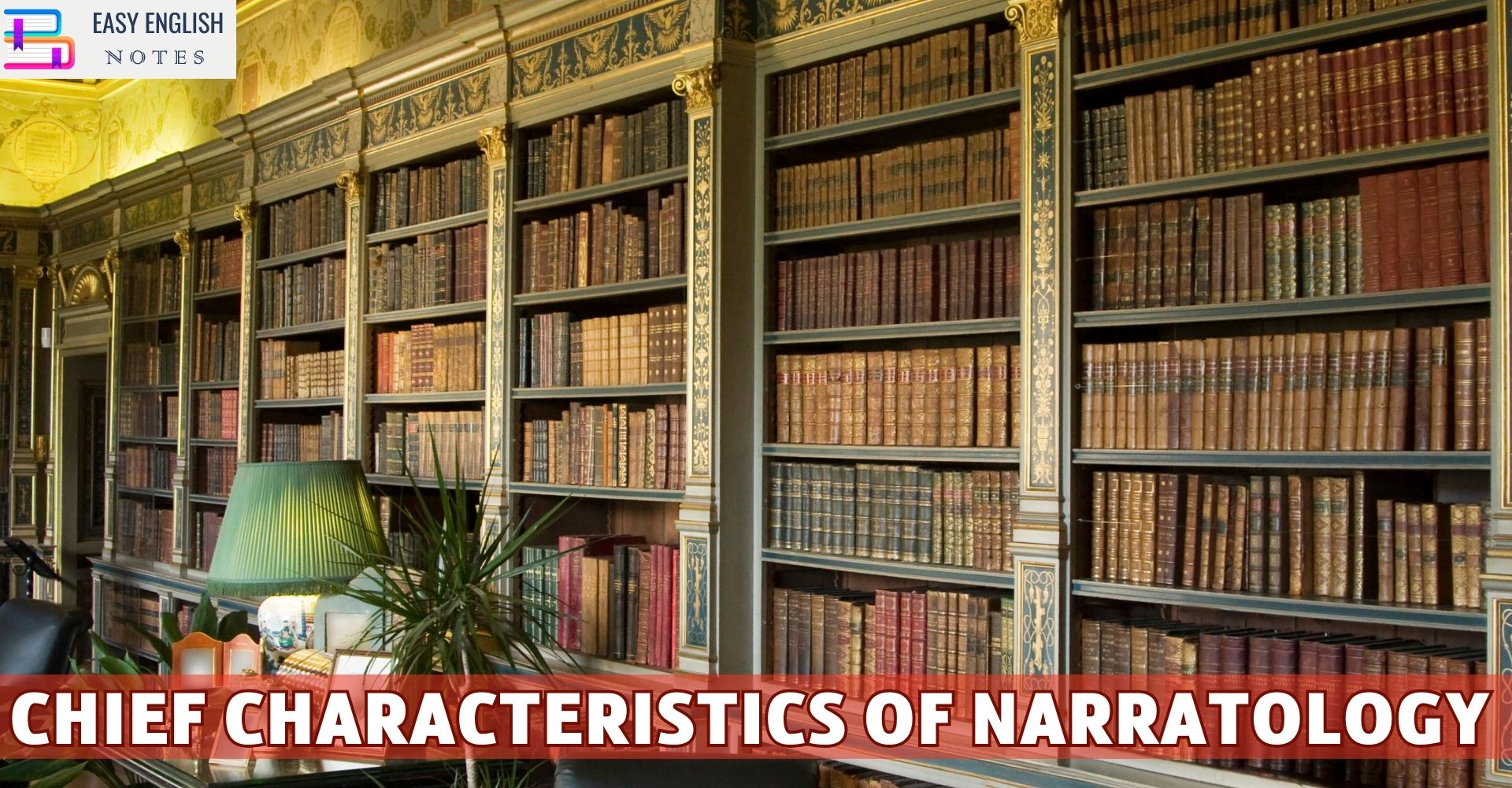Defining narratology Prof. Malcom Bradbury observes:
“Narratology is the study of the poetics of fiction, exploring the nature of narrative systems and devices and has been of increasing importance in modern culture. It is now a key part of a critical theory and of writing and of artistic production, exploring the mechanics of all types of story-telling. for example, film scripting and direction, for the purpose of refining artistic and media techniques.”
Caudie Levi Strauss, the French structural anthropologist analysed the significance of myths in the narrative technique. To him myths are variations on a number of basic themes. In spite of immense of heterogeneity of myths there are certain constant structures with universal significance to which any particular myth can be reduced. Myths form a part of linguistics as they are a kind of language and can be broken down into individual units (mythemes) which like the basic sound units of language (phonemes) acquired meaning only when combined in particular ways. Beneath the surface of the narrative lie sets of mythical relations which reveal the myth’s true meaning. According to Strauss the relations are inherent in the human mind itself so that in stydying myths, we look less at the narrative contents and more at the universal mental operations which structure the myths. Myths think themselves through people. Myths have a quasi-objective collective existence and reveal their own concrete logic. The individual subject has no centre. It stands decentered. In Narrative Discourse (1972) Tarry Eagleton distinguishes between recit (the actual order of events in the text and histoire (sequence in which those events actually occurred as we can infer from the text) and narration (the act of narrating itself). Receit and histoire are like plot and story. Genette discerns five central categories of narrative analysis:
Also Read :
- Compare Hamlet with Macbeth, Othello and other Tragedies
- “The Pardoner’s Tale” is the finest tale of Chaucer
- Prologue to Canterbury Tales – (Short Ques & Ans)
- Confessional Poetry – Definition & meaning
- Line By Line Explanation Of The Poem The Eve of St. Agnes
(i) Order: the time order of the narrative.
(ii) Duration: how the narrative may cut off episodes.
(iii) Frequency: frequency of the narration of event, whether an event occurred once and is narrated only once, happened once, but is narrated several times, happened several times, but is narrated only once.
(iv) Mood: It is divided into distance and perspective. Distance recounting or representing the story either through the direct or the indirect speech. Perspective means the viewpoint.
(v) Voice: It concerns the act of narrating itself.
Claude Strauss developed a structural theory, which was known as narratology in consideration of myth, ritual and kinship in his famous work Anthropologie Structurale (1958). He believed that the totality (all available myths) have some constant, basic and universal structures, through which all myths can be explained. According to him, myth is a language system which can be easily broken into smaller individual units called mythemes by analogy with thenonemes. Myths can be read in relation to each other rather than reflecting a particular version. Thus, the concept of a kind of grammar or a set of relations under the surface of the narrative was developed. This theory, known as narratology, developed into a major critical theory.
After 1966 two new theories in context with structuralism emerged. They are Deconstruction theory and Post-Structuralism.
PLEASE HELP ME TO REACH 1000 SUBSCRIBER ON MY COOKING YT CHANNEL (CLICK HERE)











